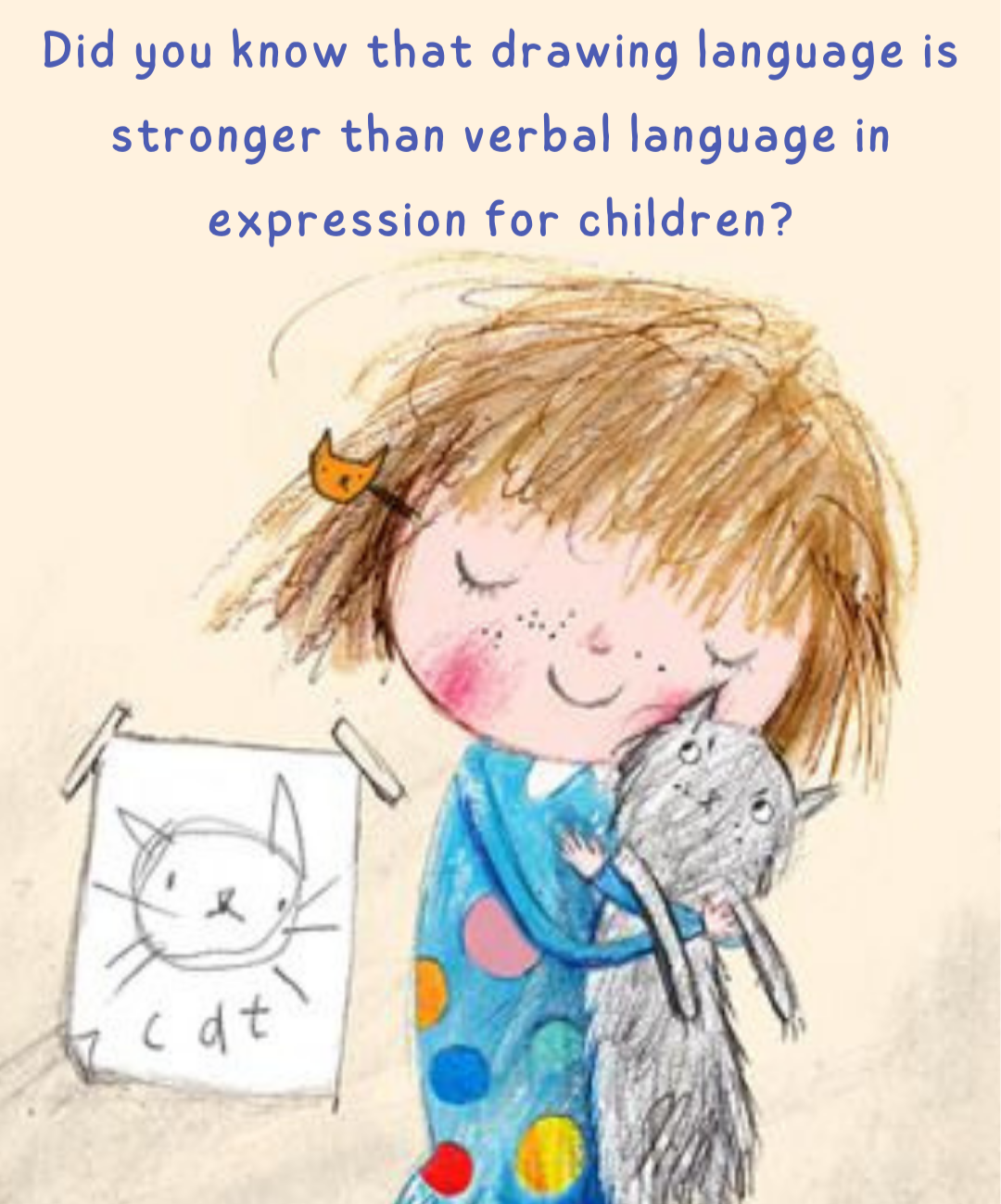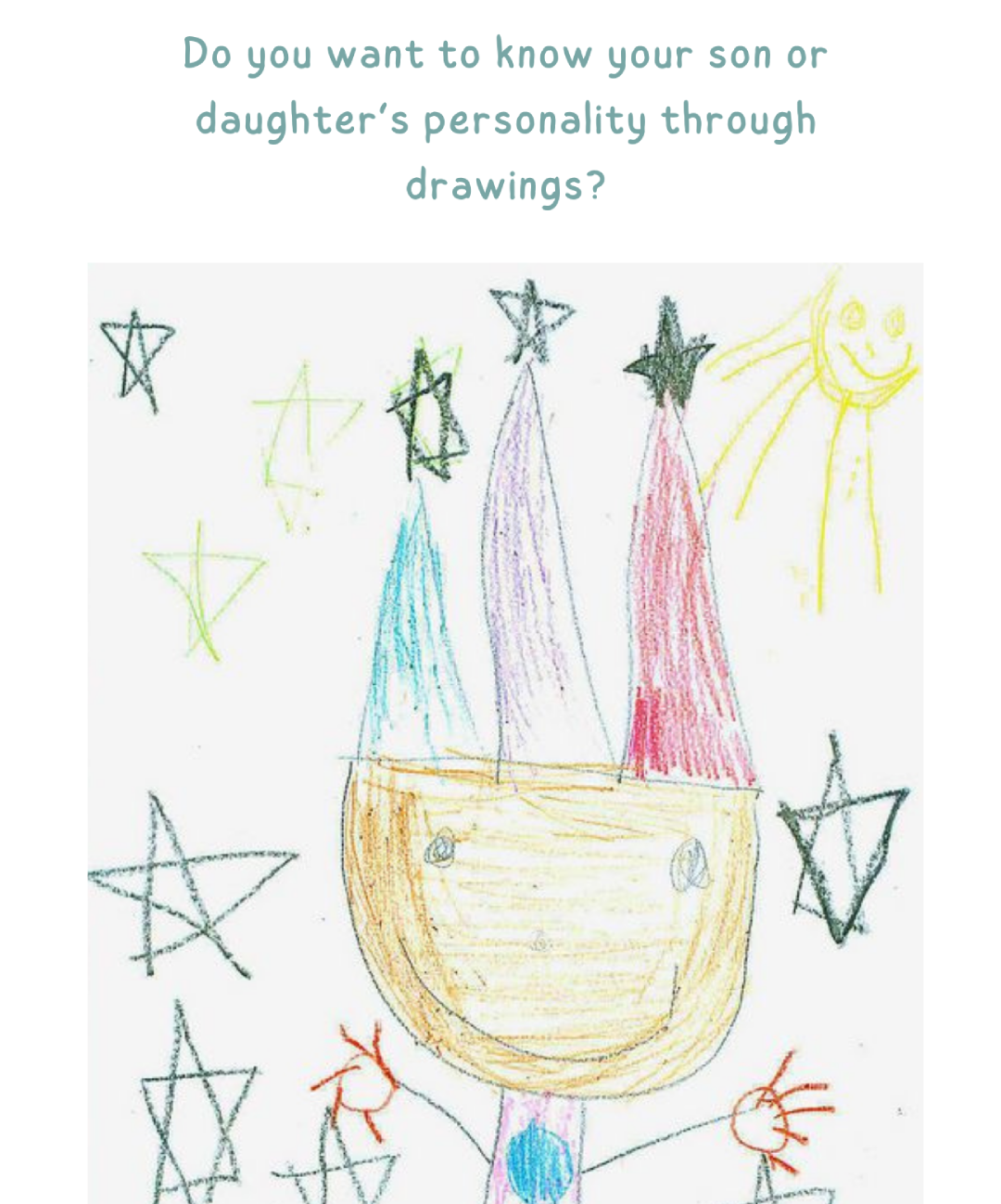Art Therapy
Art therapy in Dubai at Dr. Sami Alhashmi Medical Center is a therapeutic practice that uses creative processes such as drawing, painting, and sculpting to help individuals express themselves, explore their emotions, and improve their mental health and well-being.
Know your child’s personality through their drawing
The core of art therapy is to provide a non-verbal medium for self-expression. This is particularly useful for children, who might find it challenging to articulate their feelings through words. Art therapy sessions are typically guided by trained therapists who create a safe and supportive environment for children to freely express themselves through art.
Graphology, the study of handwriting, and the psychoanalysis of signatures offer fascinating insights into an individual’s personality and psychological state. By analyzing the various aspects of a person’s handwriting and signature, graphologists can infer traits such as emotional stability, social behavior, and even potential mental health issues.

Ages that benefit from art therapy
- Children (from 3 years)
- Teenagers
- Adults
Key elements of art therapy for Children

- Therapeutic Creativity
This principle highlights the importance of art-making as a tool for children to express themselves and explore their emotions. The creative process allows young ones to convey their feelings and thoughts in a meaningful way. - Holistic Approach
Art therapy integrates various therapeutic practices to provide a comprehensive and multidimensional healing experience for children. This approach ensures that kids receive support on multiple levels of their well-being. - Non-verbal Expression
Art therapy offers children a medium to express complex emotions and thoughts without needing words. This makes it especially beneficial for kids who may find verbal communication challenging. - Self-Discovery and Insight
Through creating art and reflecting on their work, children can gain valuable insights into their personal experiences and emotional states, fostering self-awareness and understanding. - Emotional and Psychological Safety
Art therapy creates a supportive and non-judgmental environment where children feel safe to take risks in their expression. This safety net encourages genuine emotional expression and personal growth. - Therapeutic Relationship
A trusting and empathetic relationship between the therapist and the child is essential in art therapy. This bond facilitates meaningful artistic expression and supports personal development and healing for young ones.
Conditions that art therapy sessions help with

- Harassment cases
- Family problems
- Special needs cases (Autism, Down syndrome, blindness, dyslexia, etc)
- Emotional and behavioral issues
- Mental health issues
- Learning struggles
- Bereavement
- Trauma
- Other problems
